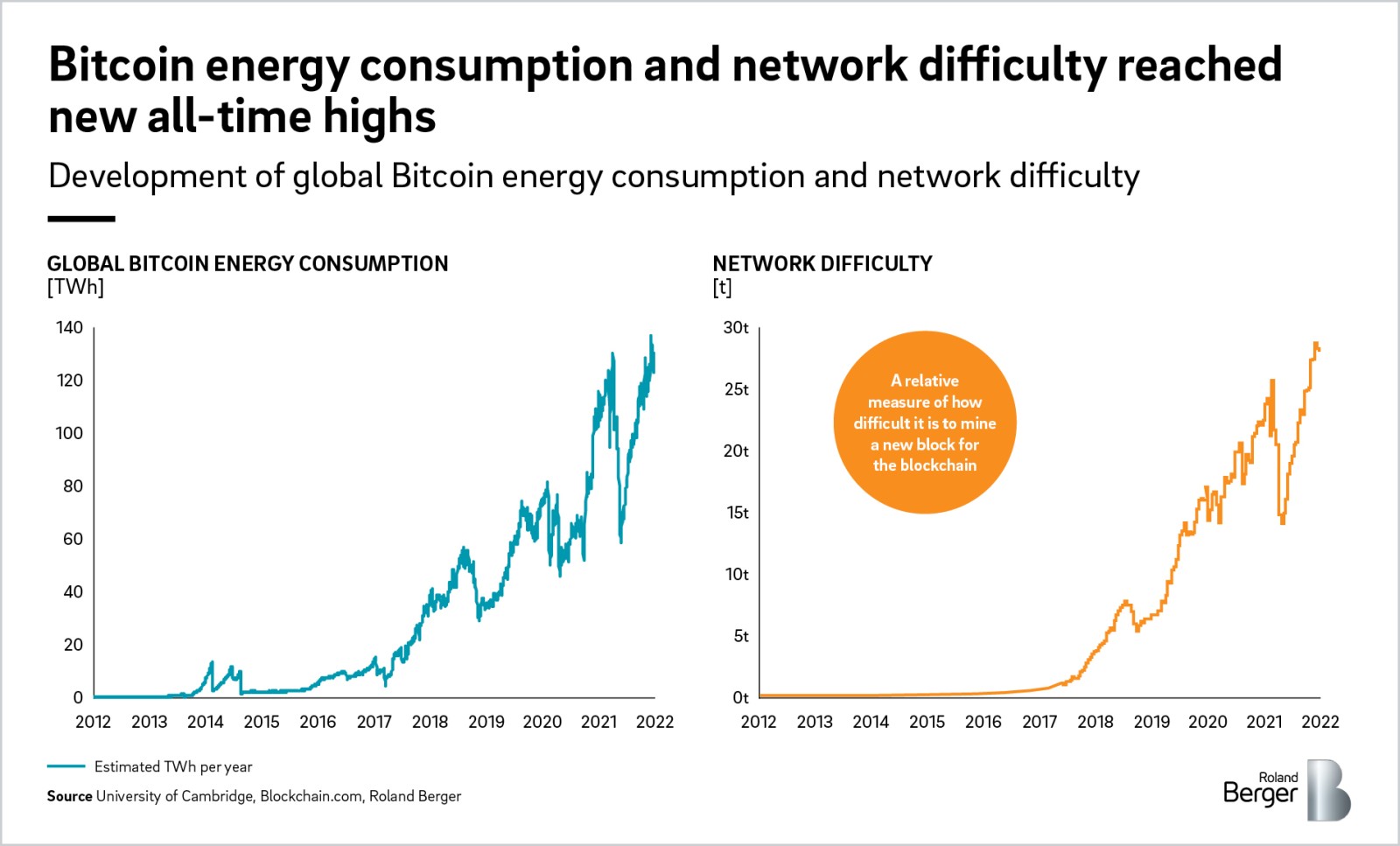serendipity
Verified User
It had been 90 years since we last witnessed a notable shift in money supply.
It's been nothing short of a banner year for Wall Street. In October, the ageless Dow Jones Industrial Average (^DJI -0.28%), benchmark S&P 500 (^GSPC 0.25%), and growth-powered Nasdaq Composite (^IXIC 0.81%) celebrated their two-year anniversary of the current bull market. Following the election of Donald Trump for a second (nonconsecutive) term as president, all three stock indexes soared to record-closing highs.
Despite these phenomenal returns, stock market corrections and bear markets are a normal and inevitable part of the investing cycle.
Although there's no predictive tool or forecasting metric that can, with concrete accuracy, forecast short-term directional changes in Wall Street's major stock indexes, there are a small number of events and data points that have strongly correlated with sizable moves higher or lower in the Dow, S&P 500, and Nasdaq throughout history. Investors occasionally lean on these forecasting tools in an attempt to gain an edge.
While a couple of valuation metrics are at or near all-time highs, which has historically not been good news for Wall Street, the bigger concern might just be an economic data point that has a flawless track record of signaling big moves lower in stocks, when back-tested for more than 150 years.
The two most-common measures of U.S. money supply are M1 and M2. The former accounts for cash and coins in circulation, along with travelers' checks and demand deposits from a checking account. The best way to think about M1 is cash that can be spent at a moment's notice.
Meanwhile, M2 money supply takes everything from M1 and adds in money market accounts, savings accounts, and certificates of deposit (CDs) below $100,000. This is still money that consumers have access to and can spend, but it requires more effort to get to. It's also the specific money supply measure that's the cause of concern for Wall Street.

 www.fool.com
www.fool.com
It's been nothing short of a banner year for Wall Street. In October, the ageless Dow Jones Industrial Average (^DJI -0.28%), benchmark S&P 500 (^GSPC 0.25%), and growth-powered Nasdaq Composite (^IXIC 0.81%) celebrated their two-year anniversary of the current bull market. Following the election of Donald Trump for a second (nonconsecutive) term as president, all three stock indexes soared to record-closing highs.
Despite these phenomenal returns, stock market corrections and bear markets are a normal and inevitable part of the investing cycle.
Although there's no predictive tool or forecasting metric that can, with concrete accuracy, forecast short-term directional changes in Wall Street's major stock indexes, there are a small number of events and data points that have strongly correlated with sizable moves higher or lower in the Dow, S&P 500, and Nasdaq throughout history. Investors occasionally lean on these forecasting tools in an attempt to gain an edge.
While a couple of valuation metrics are at or near all-time highs, which has historically not been good news for Wall Street, the bigger concern might just be an economic data point that has a flawless track record of signaling big moves lower in stocks, when back-tested for more than 150 years.
The two most-common measures of U.S. money supply are M1 and M2. The former accounts for cash and coins in circulation, along with travelers' checks and demand deposits from a checking account. The best way to think about M1 is cash that can be spent at a moment's notice.
Meanwhile, M2 money supply takes everything from M1 and adds in money market accounts, savings accounts, and certificates of deposit (CDs) below $100,000. This is still money that consumers have access to and can spend, but it requires more effort to get to. It's also the specific money supply measure that's the cause of concern for Wall Street.

U.S. Money Supply Recently Did Something Not Observed Since the Great Depression -- and It Historically Signals a Big Move in Stocks | The Motley Fool
It had been 90 years since we last witnessed a notable shift in money supply.
Last edited:

